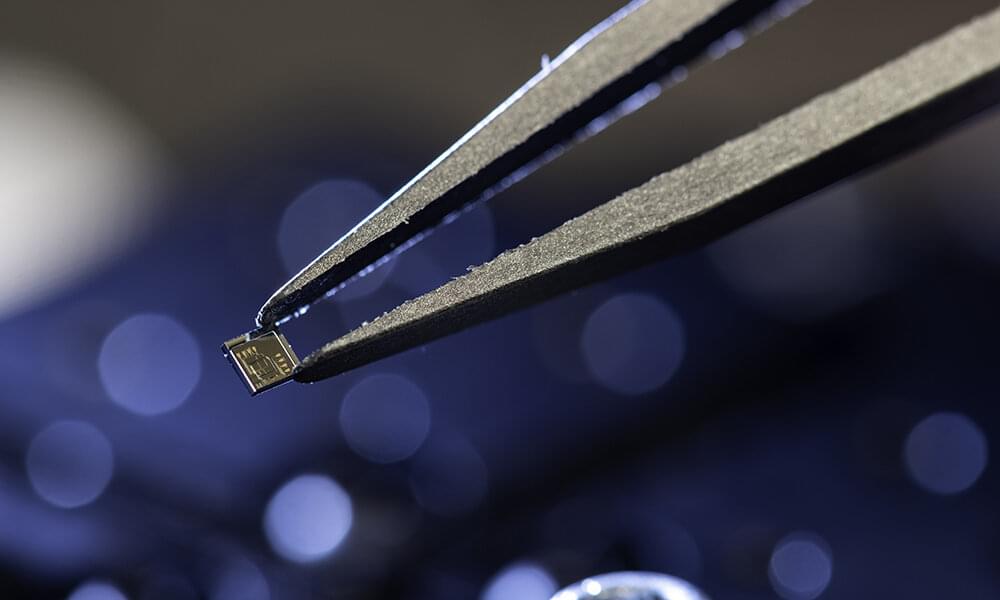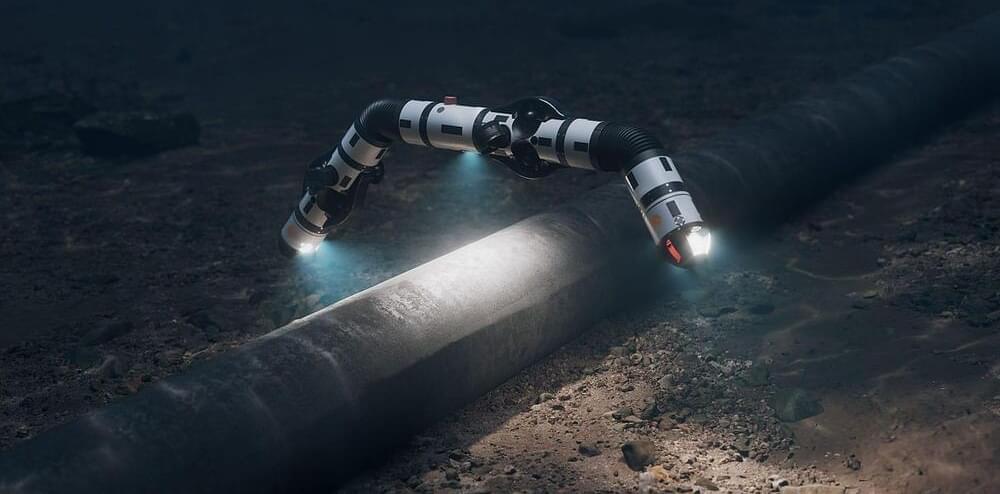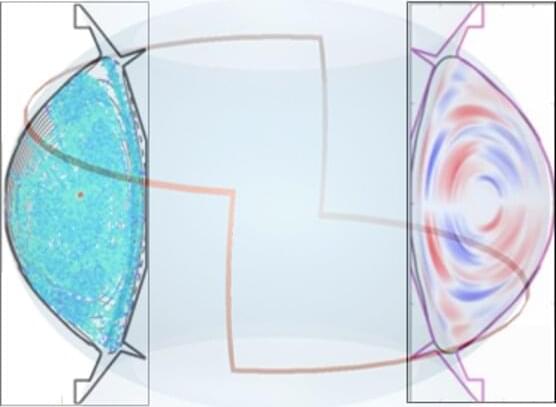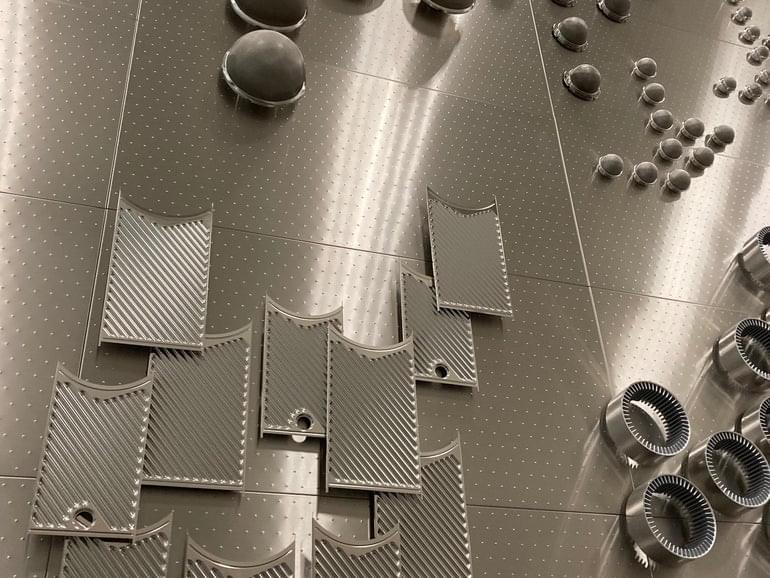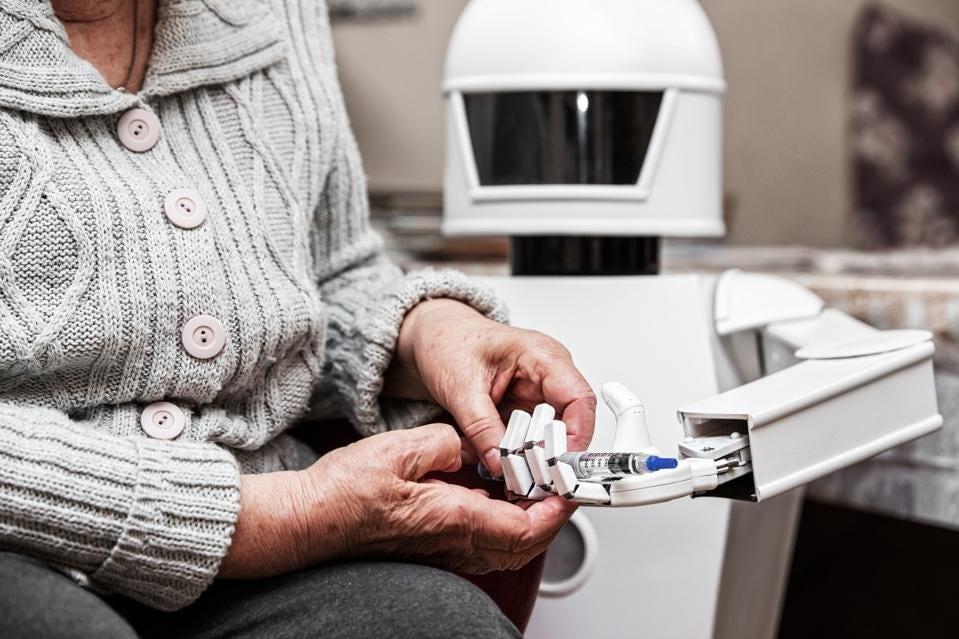What’s New: Today, Intel celebrates the 50th anniversary of the Intel® 4,004, the world’s first commercially available microprocessor. With its launch in November 1971, the 4,004 paved the path for modern microprocessor computing – the “brains” that make possible nearly every modern technology, from the cloud to the edge. Microprocessors enable the convergence of the technology superpowers – ubiquitous computing, pervasive connectivity, cloud-to-edge infrastructure and artificial intelligence – and create a pace of innovation that is moving faster today than ever.
“This year marks the 50th anniversary of the 4,004 chip. Think of how much we’ve accomplished in the past half-century. This is a sacred moment for technology. This is what made computing really take off!” –Pat Gelsinger, Intel CEO
Why It’s Important: The 4,004 is the pioneer microprocessor, and its success proved that it was possible to build complex integrated circuits and fit them on a chip the size of a fingernail. Its invention also established a new random logic design methodology, one that subsequent generations of microprocessors would be built upon, before evolving to create the chips found in today’s modern devices.

